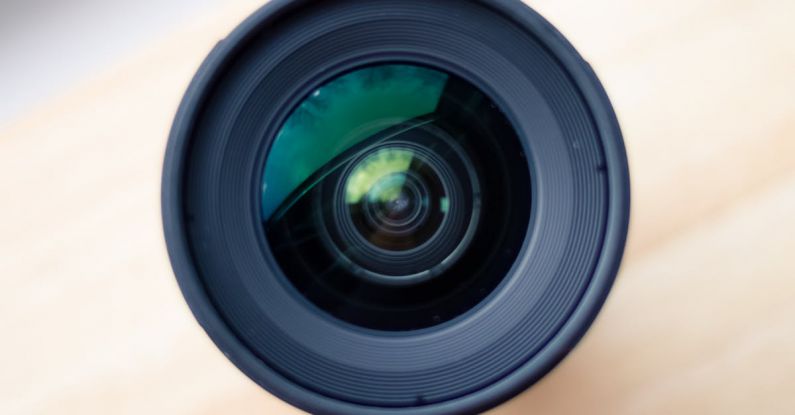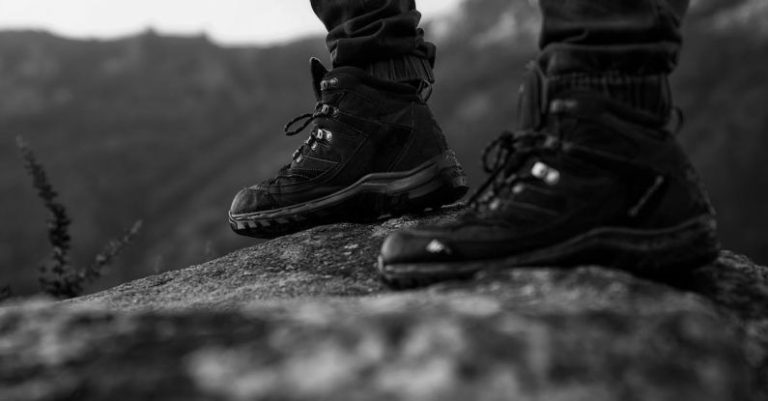Getting Started with Photography: Basic Tips
Photography is a powerful form of art that allows us to capture moments and express our creativity through visuals. Whether you are a beginner or looking to improve your skills, getting started with photography can be both exciting and challenging. By mastering the basics, you can lay a strong foundation for your photographic journey. Here are some essential tips to help you kickstart your photography adventure.
Understanding Your Camera
The first step in photography is to get familiar with your camera. Whether you are using a DSLR, mirrorless, or a smartphone camera, take the time to read the manual and understand the basic functions. Learn how to adjust settings like aperture, shutter speed, and ISO to control the exposure of your images. Experiment with different modes and settings to see how they affect your photos.
Composition Techniques
Composition is key to creating visually appealing photographs. Use techniques like the rule of thirds, leading lines, symmetry, and framing to create dynamic and interesting compositions. Experiment with different angles and perspectives to add depth and visual interest to your images. Remember that composition is subjective, so trust your instincts and develop your own style over time.
Lighting
Lighting can make or break a photograph. Pay attention to the quality, direction, and intensity of light when taking photos. Natural light, such as early morning or late afternoon sunlight, can create soft and flattering lighting for portraits. Experiment with different lighting conditions to see how they affect the mood and atmosphere of your photos. Consider investing in a reflector or diffuser to control harsh light and shadows.
Focus and Depth of Field
Mastering focus and depth of field is essential for creating sharp and visually striking images. Understand how to use autofocus modes and manual focus to ensure your subject is in focus. Experiment with shallow depth of field for portraits and macro photography, and deep depth of field for landscapes and architecture. Play around with different apertures to control the depth of field and create visual interest in your photos.
Editing Software
Post-processing is an integral part of digital photography. Familiarize yourself with editing software like Adobe Lightroom or Photoshop to enhance and fine-tune your images. Adjust settings like exposure, contrast, color balance, and sharpness to achieve the desired look. Remember that editing should enhance your photos, not completely alter them. Develop your editing style and experiment with different techniques to improve your photos.
Practice and Patience
Like any skill, photography takes time and practice to master. Take your camera with you wherever you go and practice regularly to improve your skills. Experiment with different subjects, genres, and techniques to broaden your photographic knowledge. Don’t be afraid to make mistakes, as they are an essential part of the learning process. Be patient with yourself and enjoy the journey of capturing moments and telling stories through your photos.
Embracing Critique
Feedback and constructive criticism are valuable tools for growth as a photographer. Share your work with others and welcome feedback from fellow photographers or mentors. Learn from both positive and negative feedback to refine your skills and develop your artistic vision. Use critique as a tool for improvement rather than as a discouragement.
In Conclusion
Getting started with photography can be an exciting and rewarding journey. By mastering the basics of camera settings, composition, lighting, focus, editing, and practicing regularly, you can enhance your skills and unleash your creative potential. Remember to be patient with yourself, embrace critique, and enjoy the process of capturing moments and creating art through photography. With dedication and passion, you can take your photography to new heights and create stunning images that inspire and evoke emotions.






